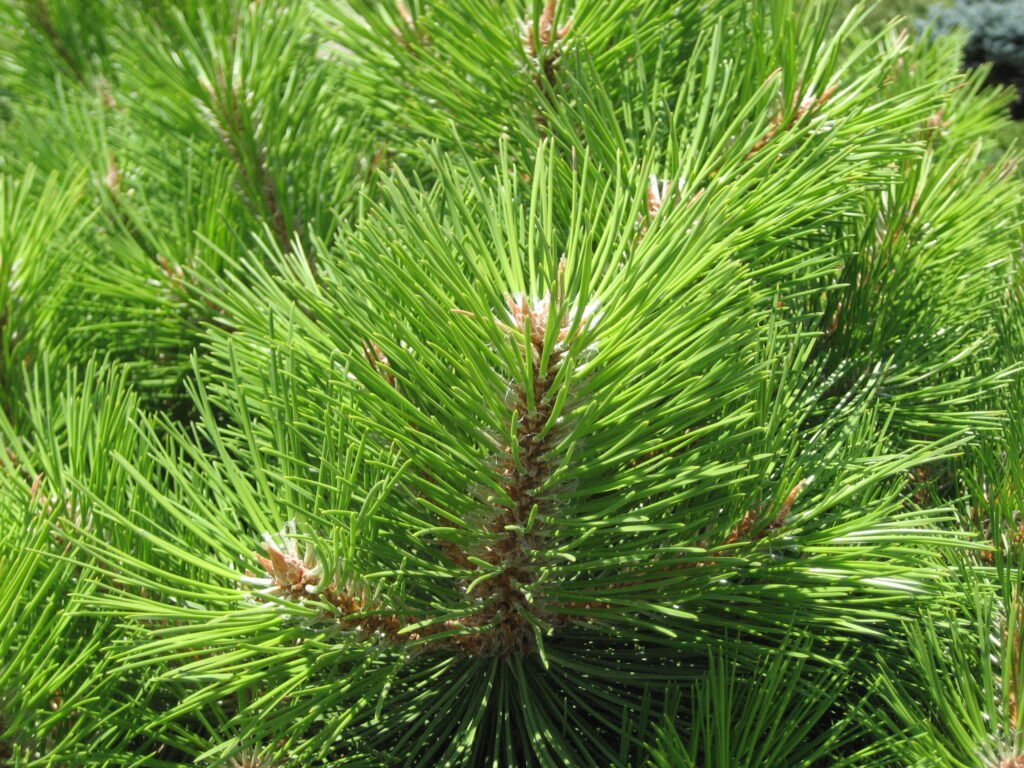If you love the idea of brewing your own beer, why not grow your own ingredients? With a few tips on growing hops, you will be well on your way to making your own delicious and probably equally as satisfying beer.
What is a hop?
So, you may have seen hops, heard they are in beer…but what are they? Hops are flowers from a female hop plant. They are commonly referred to as hop cones. These flowers have glands that contain oil resins that make up the flavor profile of a hop flower. Each variety of hops has a unique flavor, which is why selecting the right hop to grow important.
Location, Location, Location
Hops need full sun, well-drained soil, and something sturdy to grow on. These 3 things are a must for the best harvest. In one season, a hop plant can grow several branches at 25’+. Because of this weight, you need something sturdy for the plant to grow on. Many brewers choose to attach string on wooden structures. They will then train each vine up a new string to allow for great air circulation, allowing for a better harvest. Without training, you will have a large mass of hop vines that may look more like a jungle than a single vine. For the 2016 season, we are carrying two favorites in the craft beer word: Cascade and Willamette Hops.
The Cascade and Willamette varieties are great for Iowa due to their hardiness and disease resistance. Some things to consider when planting for a premium crop:
- 1. Space 3-7 feet apart. Plants can get 1 foot wide at the base by 25 feet tall in the perfect conditions. Spacing at a wider distance will allow for maximum growth, while not having the vines grow together.
- 2. They grow quickly, so have a structure ready to support. If plants are bunched up on top of each other while growing, mildew could be a problem due to lack of air circulation.
- 3. The pH of the soil in most parts of Iowa is great for growing hops. If you have acidic soil, be sure to add some lime.
- 4. When establishing your plants, they do best with supplemental watering. Check soil during the first growing season and water thoroughly when dry.
- 5. Fertilize your hops with a basic fertilizer. When growing up to several inches a day, the nutrients in the soil are quickly depleted.
Harvest
So, now that you have grown these beautiful vines, when do you get to harvest? From transplants in the summer, you will likely not have a full harvest until the following year. The hops should be picked from the vines based on how they feel and smell (August to September in a typical year). The cone will feel damp to the touch prior to harvest. When the cone is light and papery, you are ready to harvest. Cones at the top of the vine may be ready to harvest prior to those at the bottom, because they mature faster with more sunlight. Once y0u have picked the mature flowers, you are ready to move on to the next phase…drying. Drying the hops is easy in a food dehydrator. If you do not have one, a well-vented oven below 140 degrees will work.
Now you are on your way to enjoying some delicious beer made from ingredients from your own backyard. Cheers!!!




